
Colombia’s Coffee Obsession: Why This Cup is Different
Hey there, coffee lover! Colombia is a big deal in the coffee world, ranking number three in total production. But what makes Colombia’s coffee so special?
Well, a big part of it comes down to how they grow their beans. Colombian coffee is 100% Arabica, and it’s all cultivated on small, family-owned farms.
These farmers take serious pride in their craft, and it shows in the quality of the beans. They use a special method called ”strip picking” where they only hand-pick the ripest beans at the peak of flavour. No shortcuts here- just pure dedication to quality!
Columbia grows 22 different coffee[growing regions, each with its own unique taste.
There’s a whole world of Colombian coffee to explore – sounds like an adventure for Dora and Diego!

Source: Rainforest Alliance
Welcome to the first instalment of a series that dives into coffee cultures from around the world! We’re kicking things off by exploring Colombia, a South American nation synonymous with rich, flavorful coffee.
But before we embark, let’s revisit the concept of the coffee belt. As you might recall from our previous article, the coffee belt is a region circling the equator that boasts the perfect climate and soil conditions to cultivate coffee, particularly the arabica bean.
Now, let’s delve into the unique coffee culture that Colombia has cultivated for itself!
Colombia’s Coffee growing Regions

Columbia’s vast coffee-growing regions cannot not contribute its own unique flavour profile across the world, it’s hard not to when you have 22 growing regions.
The most famed is the Coffee Triangle, in the departments of Caldas, Risaralda, and Quindío. Also known as the Coffee Region or the Coffee Axis, is a UNESCO World Heritage Site and a must-visit for any coffee enthusiast.
Beyond the Triangle, Colombian coffee extends to Quindío, Cundinamarca, Tolima, Nariño, Huila, Santander, and the Sierra Nevada de Santa Marta.
With each region having its own specific growing conditions, microclimates, and bean varieties, resulting in a wide range of diversity of coffee experiences.
Columbian Coffee Beans
Coffee isn’t just a drink but a way of life in Columbia.
Every cup is steeped in tradition you just can’t throw away.
From the bean’s meticulous hand-picking, to the social rituals that revolve around it.
Columbia’s geography plays a starring role, with the Andes mountains providing the perfect growing conditions for high-quality Arabica beans. But the magic truly happens after the harvest.
Brewing The Columbian Way
Their brewing methods teeters towards tradition and simplicity.
Forget fancy machines and elaborate pour-overs; what does the job is a colador, the cloth filter that is usually front and centre of coffee preparation techniques and found in almost every household.
The hero of the Colombian coffee ritual in coffee shops is the “greca,” a metal dripper that sits on top of a pot of boiling water which is an early design for espresso makers that is used for making tinto.
Coarsely ground coffee is spooned into the greca, and as hot water slowly filters through, the rich aroma fills the air. Patience is key here – a true Colombian coffee isn’t rushed.

Source: Pinterest

Source: Pinterest
The Way of The Coffee
Here, tradition reigns supreme.
The hero of the show is undoubtedly “tinto,” a small black coffee, often sweetened with panela, Colombia’s natural cane sugar.
Tinto is the cornerstone of Colombian social life. This drink fuels conversations with friends and family, sparks connections on dates, and even forms the backdrop for casual business meetings.
Colombians cherish these coffee moments, using them to connect, and unwind.
Don’t ask for a “café” – that translates to a milky drink with just a hint of coffee.
In Colombia, milk takes a backseat. If you crave something creamy, you might ask for a “perico,” which is essentially a café with a stronger coffee presence. Feeling adventurous?
Colombians also have a thing for “granizado,” a refreshing coffee slush perfect for hot days.
And for a double twist, there’s “carajillo,” a concoction of coffee and aguardiente, Colombia’s national liquor.
So, whether you’re a coffee connoisseur or a curious explorer, familiarising yourself with these essential Colombian coffee terms will enhance your next Colombian coffee experience.
Columbian Legends

Source: valdez and conchita
And Finally, the icing on the cake; for there wouldn’t be Columbian coffee without Juan Valdez and Conchita who are famous faces of Colombian coffee.
Juan Valdez is a fictional character, created to represent the dedicated Colombian coffee growers. He’s been around since 1958 and is instantly recognizable in his traditional clothing.
Conchita is Juan’s loyal donkey companion. Donkeys are still a common sight on Colombian coffee farms, especially in tougher terrain. Although sometimes portrayed as a bit stubborn in ads, Conchita represents the teamwork that goes into producing Colombian coffee.
More than mascots, they’re cultural icons. Their image is everywhere and signifies Colombian pride in their high-quality coffee and its long history. So next time you raise a cup of Colombian coffee, give a little thanks to Juan and Conchita!
-
1kg Kwararafa Light Roast | Vibrant & Fruity Nigerian Coffee (Ground or Whole Bean)
₦28,000.00 -
250g Kwararafa Light Roast | Vibrant & Fruity Nigerian Coffee (Ground or Whole Bean)
₦8,000.00 -
Buna Magic Mug
₦5,999.00 -
Chemex Combo: Brewing Perfection & Kwararafa Coffee (250gms)
Original price was: ₦35,000.00.₦32,000.00Current price is: ₦32,000.00. -
Experience Clean Coffee Perfection: TGR 151 Chemex by Tigray Coffee Co.
Original price was: ₦28,000.00.₦25,000.00Current price is: ₦25,000.00. -
Full Control, Full Flavor: TGR 171 French Press by Tigray Coffee Co.
Original price was: ₦20,000.00.₦18,000.00Current price is: ₦18,000.00. -
Limited-Time! Save 15% – Tigray Moka Pot & Kwararafa Coffee Combo
Original price was: ₦28,000.00.₦25,000.00Current price is: ₦25,000.00. -
Tigray Coffee Co. French Press & Coffee Combo: Unwind in Rich Flavor (250g)
Original price was: ₦24,000.00.₦22,000.00Current price is: ₦22,000.00. -
Unlock Italian Coffee at Home: TGR 101 Moka Pot by Tigray Coffee Co.
Original price was: ₦22,000.00.₦20,000.00Current price is: ₦20,000.00.
- Rwandan Coffee: From Farmer to Fairtrade. - August 8, 2024
- The Rise of Coffee in Thailand - August 1, 2024
- Kenyan Coffee: From Colony to Connoisseur. - July 25, 2024
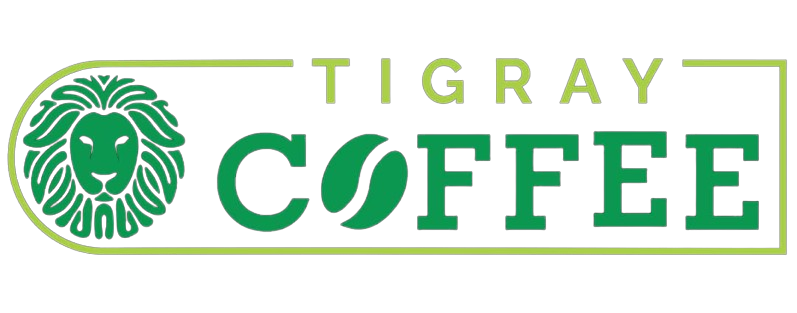
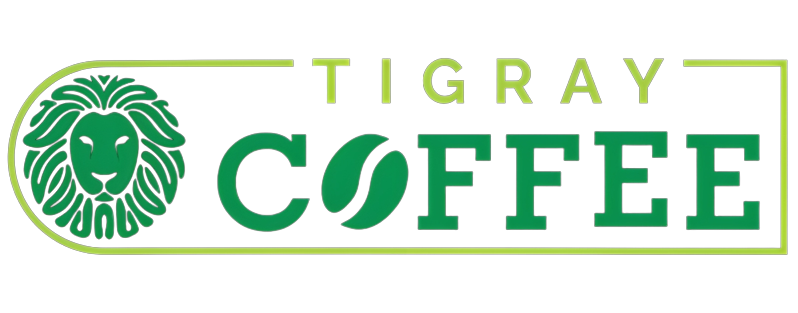

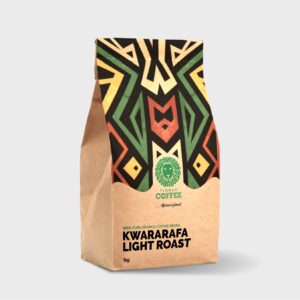
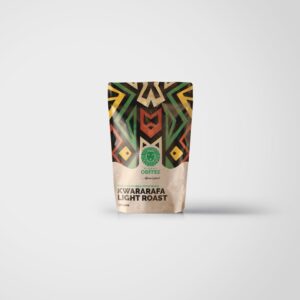
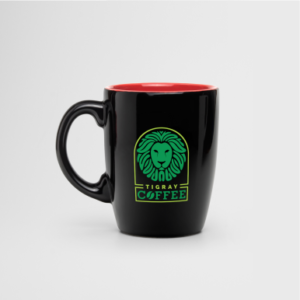
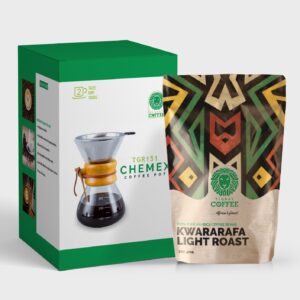
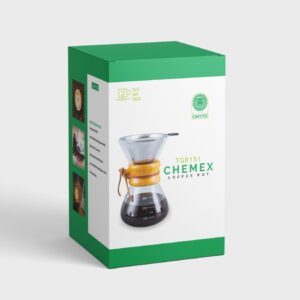
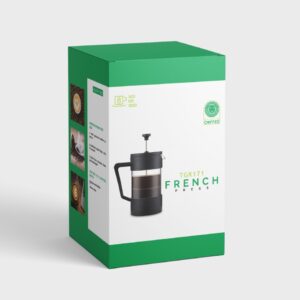
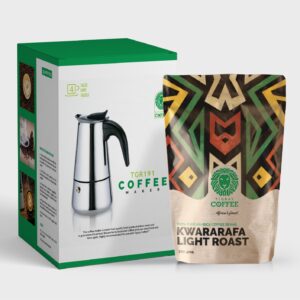
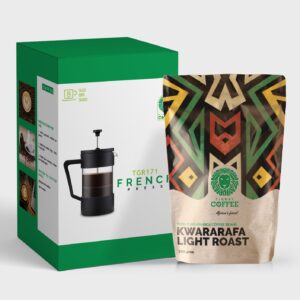
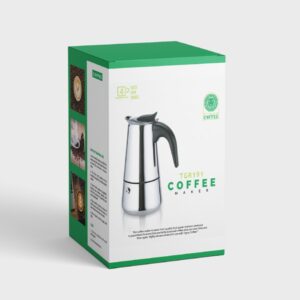
No Comments